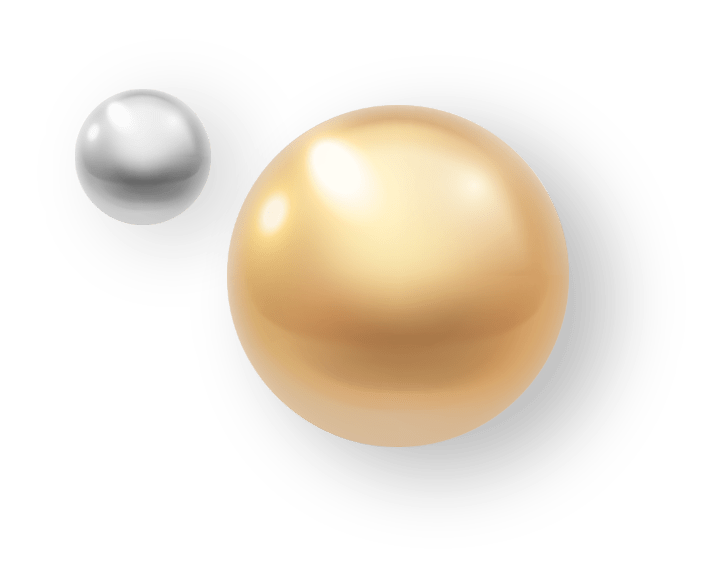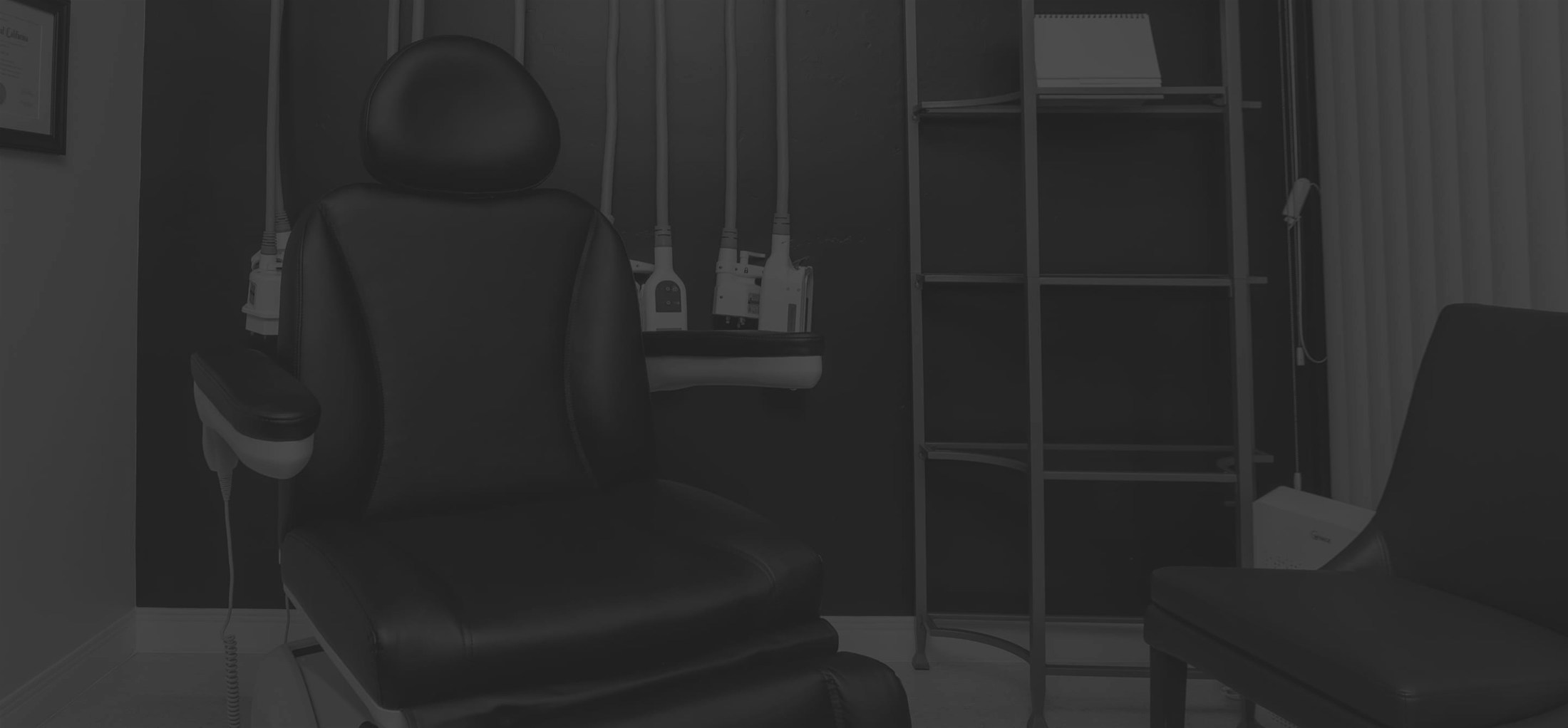In the realm of aesthetic medicine, where beauty and confidence intersect, Dysport has emerged as a powerful tool in the pursuit of youthful, rejuvenated skin. This neurotoxin, like its better-known counterpart BOTOX, has rapidly gained popularity for its ability to smooth wrinkles and fine lines, restoring a fresh and youthful appearance. This article delves into the world of Dysport, exploring its uses, benefits, candidacy, the consultation process, procedure details, recovery, potential risks, and why SVIA Sacramento is a trusted provider in the field.
What is Dysport?
Dysport, a trusted name in the world of aesthetic medicine, is an FDA-approved neurotoxin. Its primary ingredient, botulinum toxin type A, temporarily paralyzes targeted facial muscles, thereby reducing wrinkles and fine lines caused by repeated muscle contractions over time. This treatment is widely used to address crow's feet, frown lines, and forehead wrinkles, offering a smoother, more youthful appearance.

Who is a candidate for Dysport?
Dysport is an excellent option for patients looking to address common signs of aging, such as dynamic wrinkles and fine lines. Ideal candidates are typically:
- In good overall health
- Not pregnant or breastfeeding
- Looking to reduce the appearance of crow's feet, frown lines, or forehead wrinkles
- Committed to a non-invasive treatment approach
- Seeking natural-looking results
What does the procedure entail?
Dysport treatment is a straightforward and minimally invasive procedure. Here's an overview of what patients can expect
- Cleansing: The treatment area is cleansed thoroughly to ensure it is free of oils and debris.
- Injection: The Dysport solution is carefully injected into the patient's facial muscles using a fine needle. The injections are strategically administered to achieve the desired results while maintaining natural facial expressions.
- Duration: The procedure typically takes 15-30 minutes to complete, depending on the extent of the treatment area.
- Discomfort: Patients may experience mild discomfort, but it is generally well-tolerated.
- No downtime: Following the procedure, there is little-to-no downtime, enabling patients to get back to their daily activities right away.






